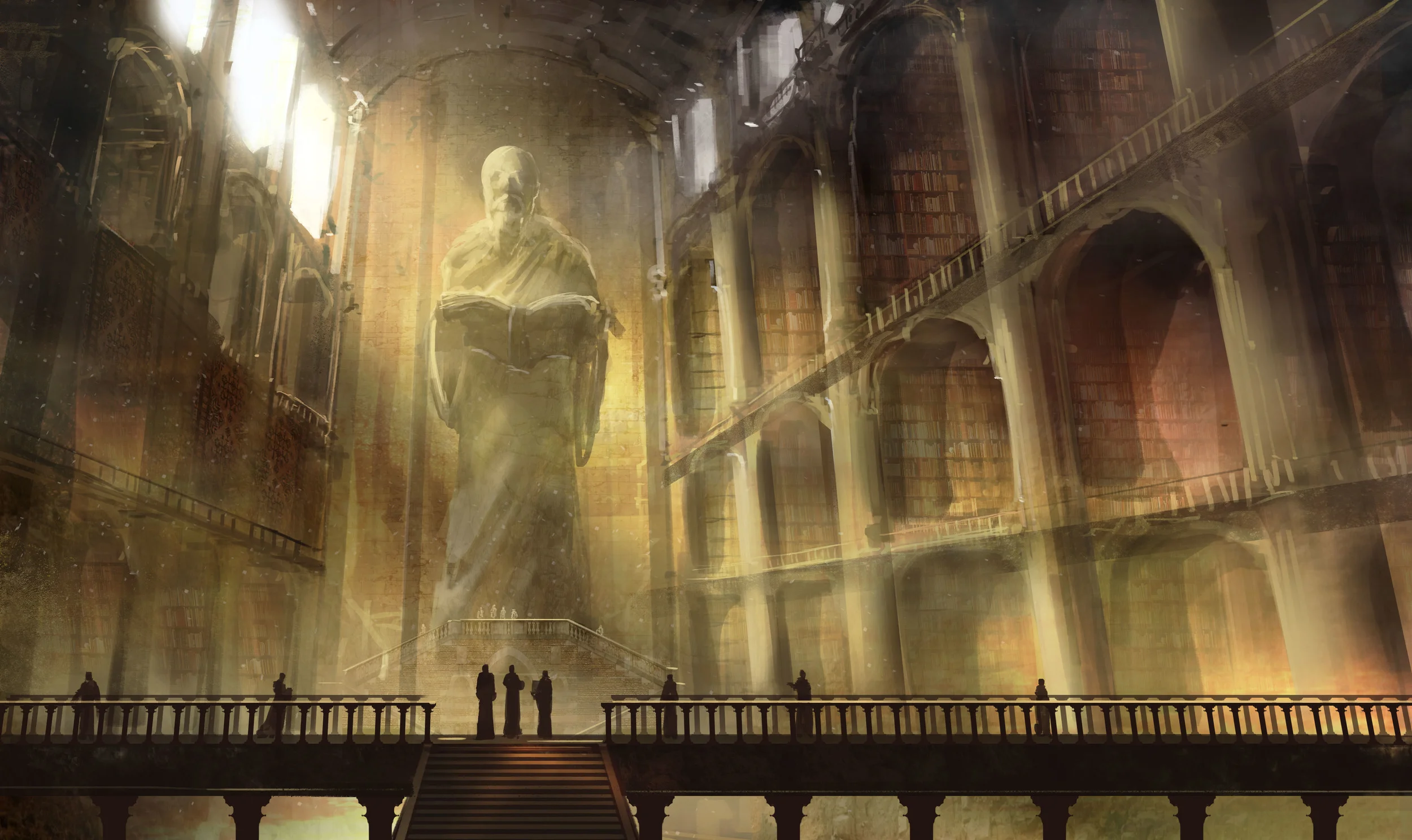Earlier I talked about how successes can tailor actions and power methods can tailor worlds. We can go even further when tailoring any game: We can customize the rules. Pretty much all gamers know this, and most game systems acknowledge this. But, few truly embrace this.
Death and Krendel
What happens when your character hits zero Health (aka hit points, life, meat shield factor, etc.)? In almost all games the character is at least temporarily taken out of play, and in quite a few it means its time for a new character. More importantly, the player is now forced to sit out. They can comment from the side lines, but they don't have any real impact on the game. Quite possible they are sitting in a corner rolling up a new character and then need to distract the GM to get final approval. This can suck. Like so many other things, Krendel handles death a bit differently.
Power Methods
Krendel is designed to help you build whatever setting you want. One of the ways it does this is with powers. These are extraordinary abilities grouped around common themes, called methods. The core method, which is common to all settings, consists of powers that are simply natural, albeit exceptional, permutations on skills and natural abilities. Meanwhile, the implants method, draws power from components implanted within the character.
Krendel's Art
I grew up with old school D&D. I've still got the Holmes and Moldvay sets and all those first and, later, second edition rules. If you look through those books, you can see how the art became more sophisticated over the years. This trend continued, not just in D&D, but most games. Vampire, Teenage Mutant Ninja Turtles, Battletech, Warhammer, all of em delivered top notch, detailed art.
